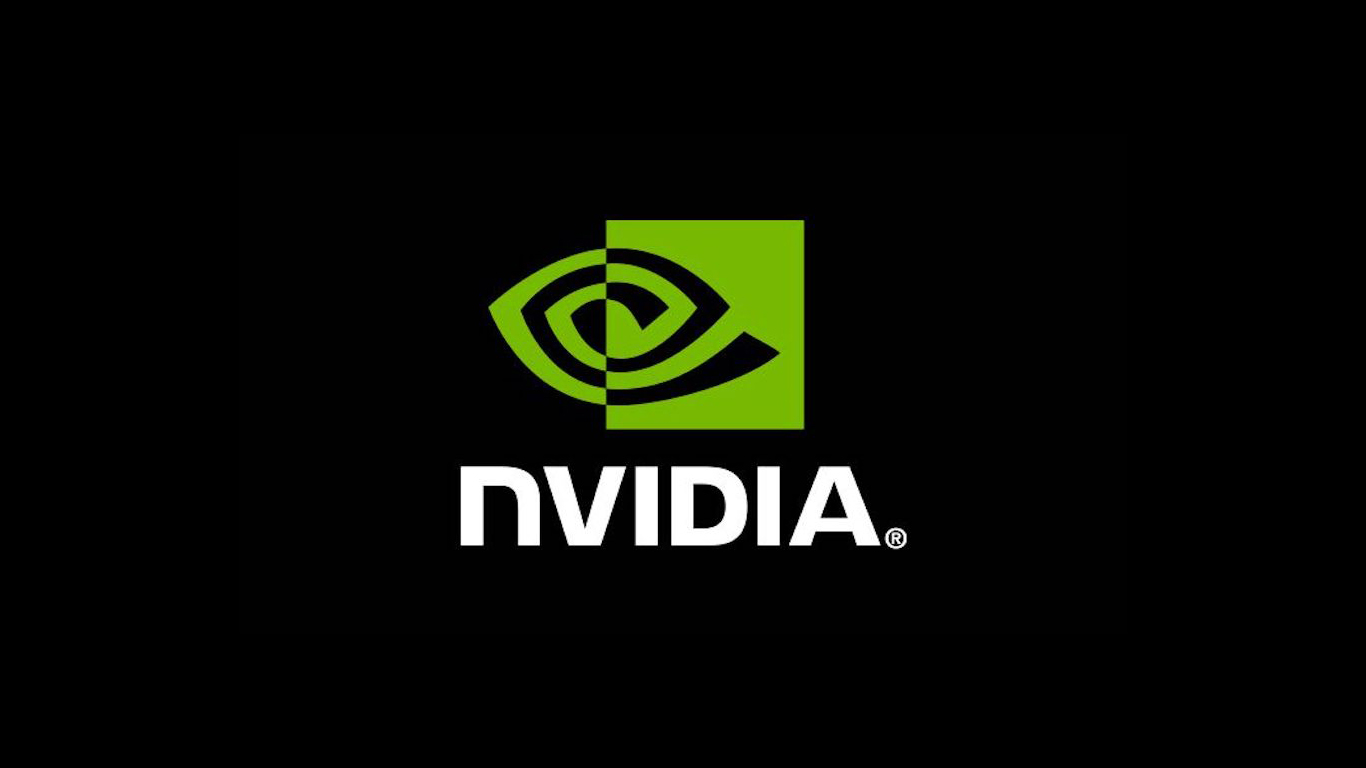 The pace at which the market trades stocks, bonds, currencies, and futures seems to have once again become faster than anyone could have ever imagined. Forget a few hundred automated trades a second impacting the markets … If all claims are true, trading in the sub-nanosecond barrier is reality.
The pace at which the market trades stocks, bonds, currencies, and futures seems to have once again become faster than anyone could have ever imagined. Forget a few hundred automated trades a second impacting the markets … If all claims are true, trading in the sub-nanosecond barrier is reality.
High Frequency Trading, what is called HFT on Wall Street, is a mystery to most investors. Its aim is to make money from market inefficiencies via programs that analyze data and which make automated trading decisions that can last for fractions of a second or which can last for a fraction of day. Any market from currencies, to stocks, to futures and options, and other financial instruments can have heavy amounts of HFT influence.
HFT has been a target of Main Street and Washington D.C. for an obvious reason. HFT often excludes Joe Public, leaving the typical investor at a huge disadvantage against the professionals. That’s not the entire story, however. Some successful independent active traders use many tools and tricks of HFT. If the claims are real, those who can afford it will be able to trade stocks, currencies and other electronic market securities in less than one-billionth of a second.
Yes, under 1/1,000,000,000… This is under the nanosecond barrier and that is what has been claimed by an outfit called Fixnetix.
Demonstrations of the technology are taking place this week at the SIFMA Financial Services Technology Expo 2011 in New York. The company has announced its iX-eCute, a Field Programmable Gate Array (FPGA) microchip for “ultra-low latency trading” that is called “the world’s fastest trading appliance for the financial markets.” It says that customers are now seeing latencies as low as 740 nanoseconds through the stack, or wire-to-wire.
The company also noted that this is not just for speed but also for regulatory use. It claims that 20+ pre-risk checks take less than 100 nano seconds.
Fixnetix claims that iX-eCute has no detrimental impact on trading performance with the necessary risk controls as it enforces pre-market risks at nano-second time frames yet still prevents trade latency. It noted that ” Unlike other solutions, the iX-eCute microchip has near zero impact on latency for governing the required checks directed by the recent SEC Rule 15c3-5 and anticipated declarations from other regulatory governing bodies.”
The company has also noted, “Fixnetix iX-eCute microchip can be utilized as a standalone trading gateway which clients can connect to via 1/10 or 40gig Ethernet or as an integrated system in your own x86 or P-series systems to access iX-eCute via PCIe direct memory drivers to gain the ultimate trading speed.” In short, this is a trading gateway that acts as a single interface for multiple financial markets around the globe in multiple asset classes.
Securities Technology Monitor noted on June 10, “Hanweck Associates of New York said its Volera trading and risk management system is capable of calculating 8 million prices a second, using graphics processors in combination with general purpose central processors. The engine is in use at the International Securities Exchange, an all-electronic options exchange.” Effectively, it noted that it has an analytics engine that can price 150 million options in just 17 seconds.
Some firms must have this, whether the argument about “how much advantage comes at what cost” has to be brought up. Here are some scenarios to consider:
Imagine being the fund manager for a high-volume leveraged ETF that uses derivatives, futures, stocks, and options as buy and sell orders come in throughout the day. These funds cannot say that they will reconcile hourly or at the end of the day even if they are honest about the risks of tracking error.
You run a global fund that simultaneously trades currencies, equities via futures and e-minis, bonds, and commodities. Imagine the day that the machines decide to unload $10 billion in bonds to suddenly rotate into equities and hard commodities.
And lastly, the “hope”…. You are a regulatory agency or a risk management professional, and suddenly you can track millions of transactions in literally seconds that flag unusual trading patterns or which put a firm’s capital outside of the legal risk parameters.
With most benefits or advantages, risks follow. Markets can move faster than humans can react, often without rhyme or reason. The Flash Crash was the most recent example that will stand out. The benefit is that institutions could exit or enter positions for billions of dollars in literally a fraction of a second. The bad news is that it could happen so fast that the investment community from retail to most institutional investors to exchanges to regulators might not even notice in time to react.
If a transaction can occur in under one-billionth of a second, then in theory more than one-billion transactions could be transacted in one second as well. Imagine a scenario where the DJIA rallies 100 points in just a few seconds and then sells off by the same amount or more in the following few seconds. It sounds grossly exaggerated, but it might not be.
JON C. OGG
It’s Your Money, Your Future—Own It (sponsor)
Retirement can be daunting, but it doesn’t need to be.
Imagine having an expert in your corner to help you with your financial goals. Someone to help you determine if you’re ahead, behind, or right on track. With SmartAsset, that’s not just a dream—it’s reality. This free tool connects you with pre-screened financial advisors who work in your best interests. It’s quick, it’s easy, so take the leap today and start planning smarter!
Don’t waste another minute; get started right here and help your retirement dreams become a retirement reality.
Thank you for reading! Have some feedback for us?
Contact the 24/7 Wall St. editorial team.





